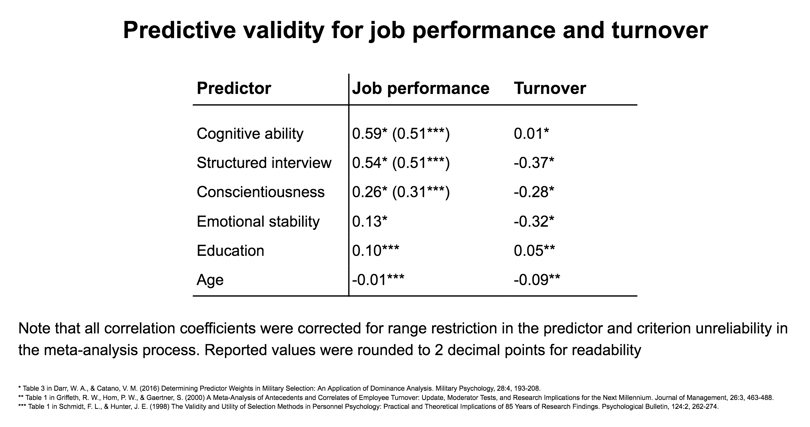
Article
18 Feb 2020
Employee turnover is an unfortunate reality in any company, but even more so among call centers. Call centers typically have a turnover rate between 30 - 45%. By comparison, the employee turnover rate for all industries averages around 15%.
Furthermore, due to the intensive nature of work, call center employees tend to be younger in age. But statistics show that employees between the ages of 20 - 24 only stay 1.1 years on average.
High turnover, coupled with the high cost of hiring and onboarding every new hire, makes losing an employee at a call center very costly.
A study by the Society of Workforce Planning Professionals estimates that hiring and training a new employee at a call center cost on average US $6,440. Using these numbers, one can estimate the cost of employee turnover at a call center:
 For example, if a call center has 20 employees and an annual turnover rate of 40%, the total yearly cost of turnover works out to be $6,400 x 40% x 20 = $51,520. This loss increases with higher turnover rates and number of employees.
For example, if a call center has 20 employees and an annual turnover rate of 40%, the total yearly cost of turnover works out to be $6,400 x 40% x 20 = $51,520. This loss increases with higher turnover rates and number of employees.
Another study from Cornell University estimates that replacing one agent equals 16% of the gross annual earnings of a call center worker. In other words, the cost of replacing one worker equals about two months of a typical worker’s pay. If lost productivity is taken into account, the cost rises to between three and four months of a typical worker’s pay
Many studies have investigated how to best predict turnover over the years, aggregating data from thousands of employees. Interestingly, these studies found that good predictors for job performance, such as cognitive ability, can be poor predictors for turnover.

Looking at values in the table, the best method to predict turnover is through structured interviews, where a hiring manager asks candidates the exact set of predetermined questions, in the same order. This method also has a high validity for predicting job performance.
By asking standardized performance-related questions, a structured interview allows call centers to gauge every candidate’s response to potential scenarios they may face on the job. It also gives candidates the chance to understand the day-to-day routine of the job. The more the candidate knows about the job, the easier it is for them to gauge their suitability for the role. Candidates with the best job fit have a lower probability of turnover.
The same studies also showed that statistically, candidates with higher emotional stability and conscientiousness had a lower probability of turnover. By introducing a personality test into the hiring process, call centers will be able to automatically assess and rank candidates based on these two traits. This should be done prior to conducting interviews, to ensure time is spent with the right candidates.
Both structured interviews and personality tests have the added benefit of allowing call centers to be more objective in assessing candidates—helping hiring managers reduce bias and ensuring that the best candidates out of all applicants are being hired. The best possible prediction is achieved by combining results from these methods in a consistent, algorithmic way.
Reducing turnover rates will allow call centers to avoid incurring additional costs from onboarding and training new employees. While some turnover is inevitable, call centers can increase employee retention by ensuring they hire the right people for the job through structured interviews and personality tests.
Sources:
Reynolds, P. (2019). Exploring Call Center Turnover Numbers. [online] Society of Workforce Planning Professionals. https://swpp.org/on-target-summer-2019/
Darr, W. A., & Catano, V. M. (2016) Determining Predictor Weights in Military Selection: An Application of Dominance Analysis. Military Psychology, 28:4, 193-208.
Griffeth, R. W., Hom, P. W., & Gaertner, S. (2000) A Meta-Analysis of Antecedents and Correlates of Employee Turnover: Update, Moderator Tests, and Research Implications for the Next Millennium. Journal of Management, 26:3, 463-488.
Schmidt, F. L., & Hunter, J. E. (1998) The Validity and Utility of Selection Methods in Personnel Psychology: Practical and Theoretical Implications of 85 Years of Research Findings. Psychological Bulletin, 124:2, 262-274.
Holman, D., Batt, R., & Holtgrewe, U. (2007). The global call center report: International perspectives on management and employment (Executive summary) [Electronic version]. Ithaca, NY: Authors. https://digitalcommons.ilr.cornell.edu/cgi/viewcontent.cgi?article=1011&context=reports
Alva combines established psychology with the latest technology, including machine learning and AI. Our tests are automated, validated, easy to complete, and can assess personality and logical abilities in minutes.
You can also see how a candidate fits into your current team, consolidate candidate evaluations from multiple interviewers, continue evaluating candidates even after they’re hired, and more.
Save time and effort, reduce unconscious bias, and build more dynamic and diverse teams with Alva.
Find out more at www.alvalabs.io
Alva Labs AB
Tegelbacken 4A
111 52 Stockholm
Sweden